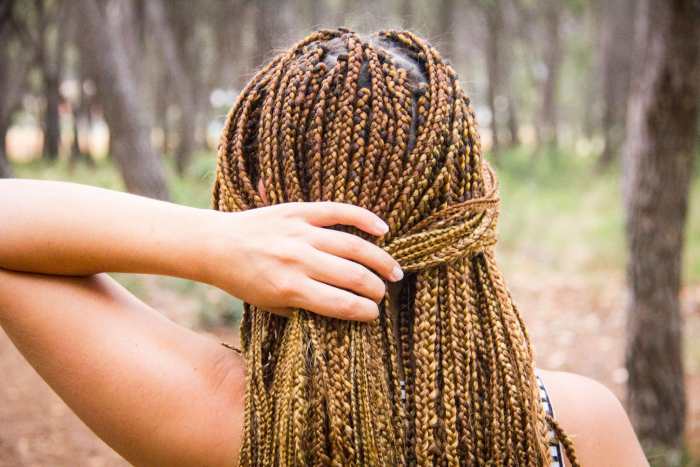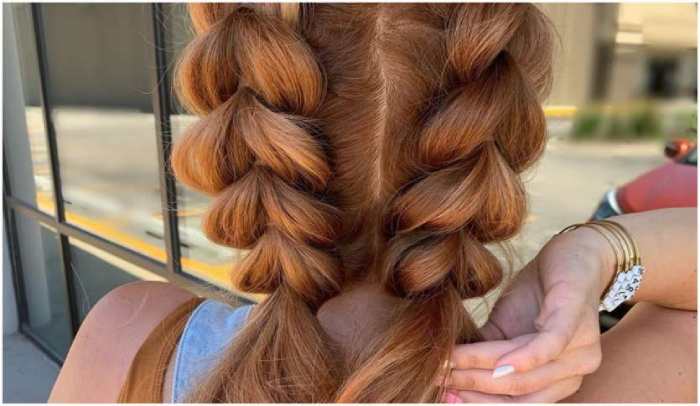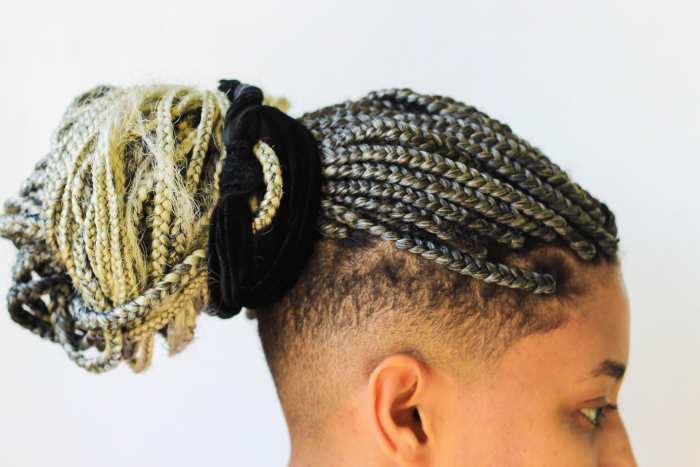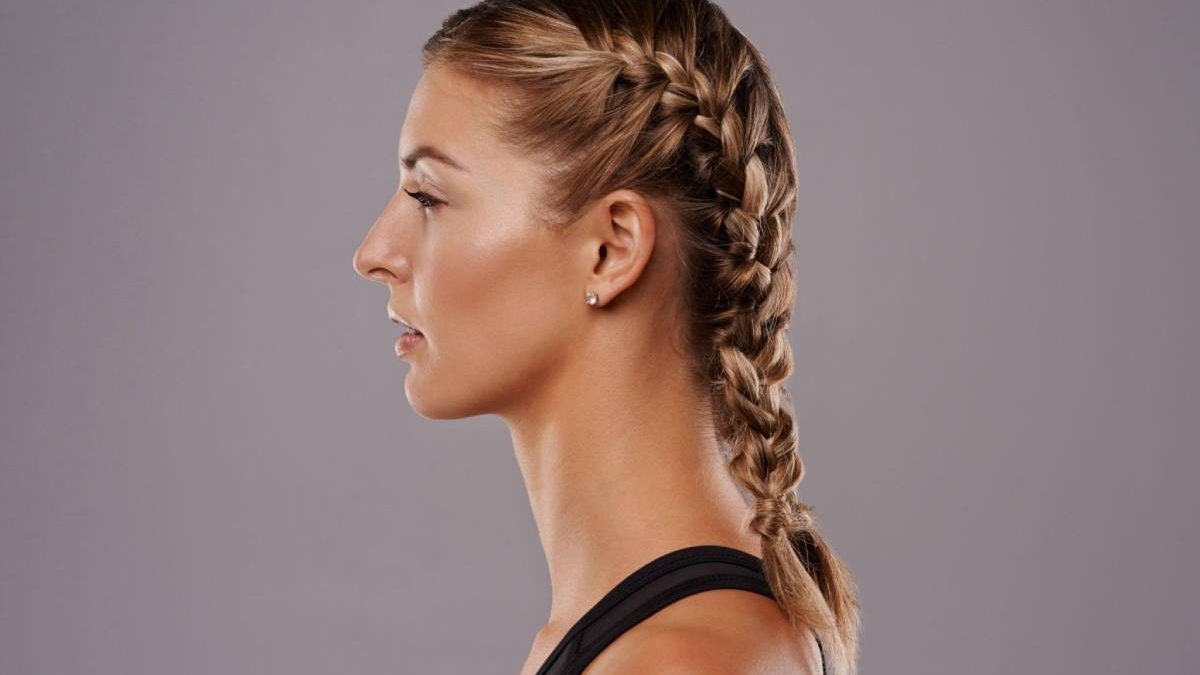Braids hairstyles are popular because they’re stylish, incredibly adaptable, and simple to execute with a little practise. But recently, in the midst of the pandemic, reviewing your hair-braiding techniques has also turned into fun.
One reason is that you can only watch so much TV before you switch between every streaming service. And two, it’s just great to break up your days with a haircut that makes going to work—or signing on to the computer—more exciting when your days are all blending together.
According to celebrity hairstylist Justine Marjan, they’re the ideal style for hiding grown-out colour and dead ends as well. The importance of this has increased during the epidemic because many salons have closed and most of us need to get our hair touched up.
Kim Kimble, a celebrity hairstylist, says that she has noticed more ladies creating their own DIY protective styles during lockdown. Because they are simple to maintain and allow you to go longer between salon visits, braids have grown in popularity throughout the epidemic, according to the expert. She continues that it has also “added to the hype” to see celebrities wear braids of different varieties over the past few years.
Table of Contents
Big Box Braids

Because of their adaptability, huge box braids and cornrows are Kimble’s two preferred braided hairstyles. These looks may be created into buns, ponytails, half-up, half-down styles, and more!
To keep your hair in place, make sure you have bobby pins and ponytail holders of the highest calibre. She also advises protecting your hair with a hair oil (like her Miracle Hair Oil) to extend the time you may keep them in.
Fluffy Braids
A hack Marjan loves: tugging at your braids a bit to “fluff” them out. The result—especially on fine-hair types—looks extra lush and voluminous.

The Origin of Braids
According to Sims, braids have their roots in African culture. “Braids have been impressionable throughout history,” claims Sims. Braids have been around for 5000 years, dating back to 3500 BC in African civilization, and were particularly common among women at that time.
According to Pace, the Himba people of Namibia are the originators of braiding in Africa. These folks have braided their hair for hundreds of years.
Braided hairstyles were a distinctive way for each tribe to be recognised in numerous African tribes. A person’s tribe, age, marital status, level of money, authority, and religion might be inferred from their braid patterns and haircuts.
The Evolution of Braids
Sims claims that while expressions and fashions have changed, braiding patterns have not. “Braids are ornamented, worn, and appreciated in a variety of ways in today’s culture. Previously reluctant wearers, both men and women, now embrace them.
Different approaches are taken by women when it comes to braiding. from neat braids to messed-up, organic braids. Women are adopting a new perspective on coolness.
Saviano makes a similar observation about contemporary braided hairstyles. “In today’s environment, braids tend to be looser and messier and don’t need to be tight or precise. According to Saviano, people accept braids as a way to look more casual, trendy, and less polished.
The Cultural Context of Braids
Braids are more than just a fashion statement, according to Pace. Every day, both men and women of all ages have their hair braided.
The skill of hair braiding has advanced beyond the original cultural concepts, whether it’s a day you want your hair out of your face or a big event full with elegance.

According to Sims, braids are a popular choice among African Americans for ladies with natural hair textures. Not simply for fashion, but also as a sort of protective styling, this style is applied to kinkier textures.
The Different Types Of Braids
Remember the times you wore a straightforward three-strand braid to class? Now, each person gets their own unique braid! If you’re confused by the numerous braids styles, from French braids to braid twists, let us simplify things for you. You can select a braid for every occasion, whether it be a wedding, business meeting, workout, or date.
Your hair is protected from injury with braids, which are a protective hairstyle. Additionally, braided hairstyles might come in handy on days when you haven’t washed your hair but suddenly need to leave for somewhere. And you can wear it with virtually any other hairdo, including twists, ponytails, updos, and free-flowing hair.
In addition, there is a braid to suit every mood, from clean to unkempt to everything in between. Braids are really adaptable in this way! Here is a comprehensive reference to all the many braid styles, how to braid hair, and how you may try them all out to help you find your way through this vast world of braiding. Read on to learn more.


